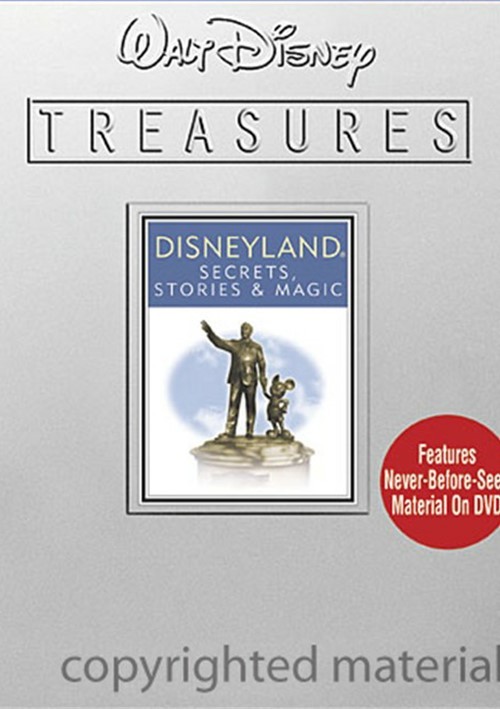

With this documentary, Walt is presented as a somewhat cruel “slave driver” of a boss. It has a nauseating back-and-forth between sinner and saint, making you feel little empathy or affinity for this version of him. That documentary will leave you in tears at the end when he passes away too soon, this one leaves you feeling a little empty. However, those looking to feel like they’ve met him should look to Walt – The Man, the Myth, the Legend, a 90-minute documentary produced in 2004 under the supervision of his daughter which featured new and archival interviews with people who were close to him. Due to its length, it’s able to give more information than others. To anyone who is looking to learn more about Walt as their first introduction, this is sure to be a very educational experience. And as many of their comments contradict things fans have heard from those who worked with him, it’s hard to accept this as the definitive documentary about Walt.įor any Disney fan whose ever read a biography on “Uncle Walt,” this serves as a nice visual companion. They can only speculate who they think Walt was, yet the documentary tries to make the case that this is Walt Disney. Sadly, this is the biggest flaw with the entire presentation. Being that it’s been fifty years since Walt passed away, very few of the commentators ever met him. Like most documentaries on great minds who are no longer with us, American Experience: Walt Disney is filled with talking heads. Note that this DVD comes from PBS, the network that aired this production, and is not a Disney product. This documentary debuted in two parts on September 14th and 15th, but fans could view part 2 earlier on September 15th with this DVD release, which was available for sale that very day. The railroad ties from the attraction were later used to build the Deer Lake Park & Julian Railroad, a 3 ft ( 914 mm) narrow-gauge backyard railroad owned by Disney animator Ollie Johnston at his vacation home near Julian, California.PBS’ latest entry in their American Experience series spends 4-hours documenting the life of Walt Disney, the founder of the largest family entertainment company in the world (you know, the reason this very website exists). The Disneyland Monorail System ultimately took the place of the Viewliner in June 1959, thereby making it one of the shortest-lived rides in the park's history.

The attraction operated until Septemwhen construction began on the Matterhorn and Submarine Voyage. Two 1954 Oldsmobile 88 2-dr coupes furnished the windscreen, doors and instrument console for each of the two 5,000-pound (2,270 kg) locomotives. Motive power for each train consisted of an integral head-end unit driven by an Oldsmobile "Rocket" V8 gasoline engine, mated to a Jeep transfer case powering drive-shafts to both the front and rear wheel trucks. The modern, streamlined trains were placed into service to represent the future of rail travel, in contrast to the steam-powered DRR which represented its past.

The Tomorrowland train featured cars that were named for the planets, while the cars of the Fantasyland train were named after various Disney characters. The attraction commenced operation on Jand was billed by Disneyland as "the fastest miniature train in the world." Two separate trains, designed by Disney Imagineer Bob Gurr, and built as scale replicas of General Motors' futuristic Aerotrain, traveled along a dog-bone track circuit (rail line with a turnaround loop at each end) through parts of Tomorrowland and Fantasyland. The Viewliner Train of Tomorrow was a 2 ft 6 in ( 762 mm) narrow-gauge, miniature train that once operated alongside portions of the Disneyland Railroad main line. The Viewliner prepares to depart the Tomorrowland Station in 1957 with Walt Disney at the controls.


 0 kommentar(er)
0 kommentar(er)
